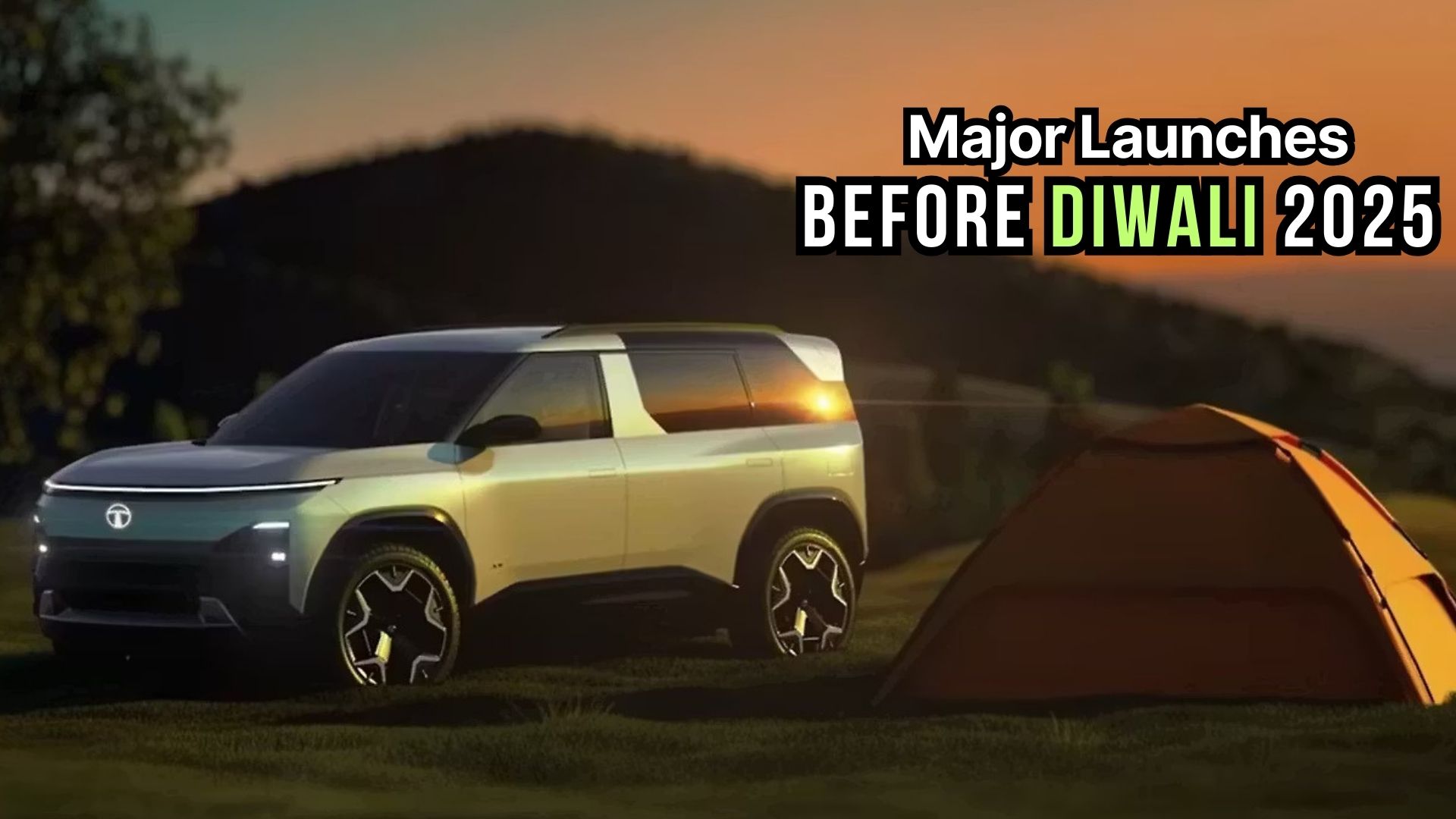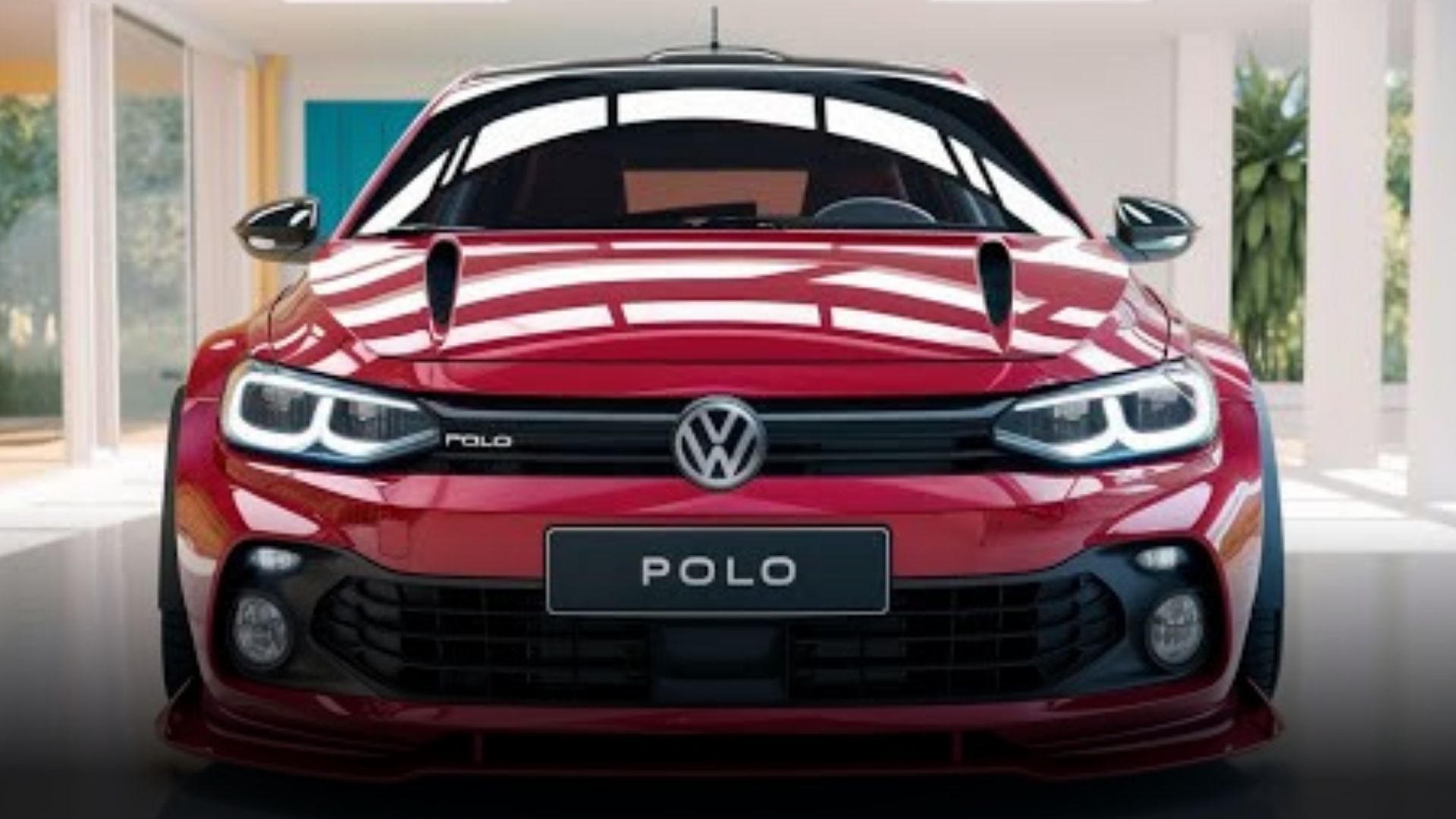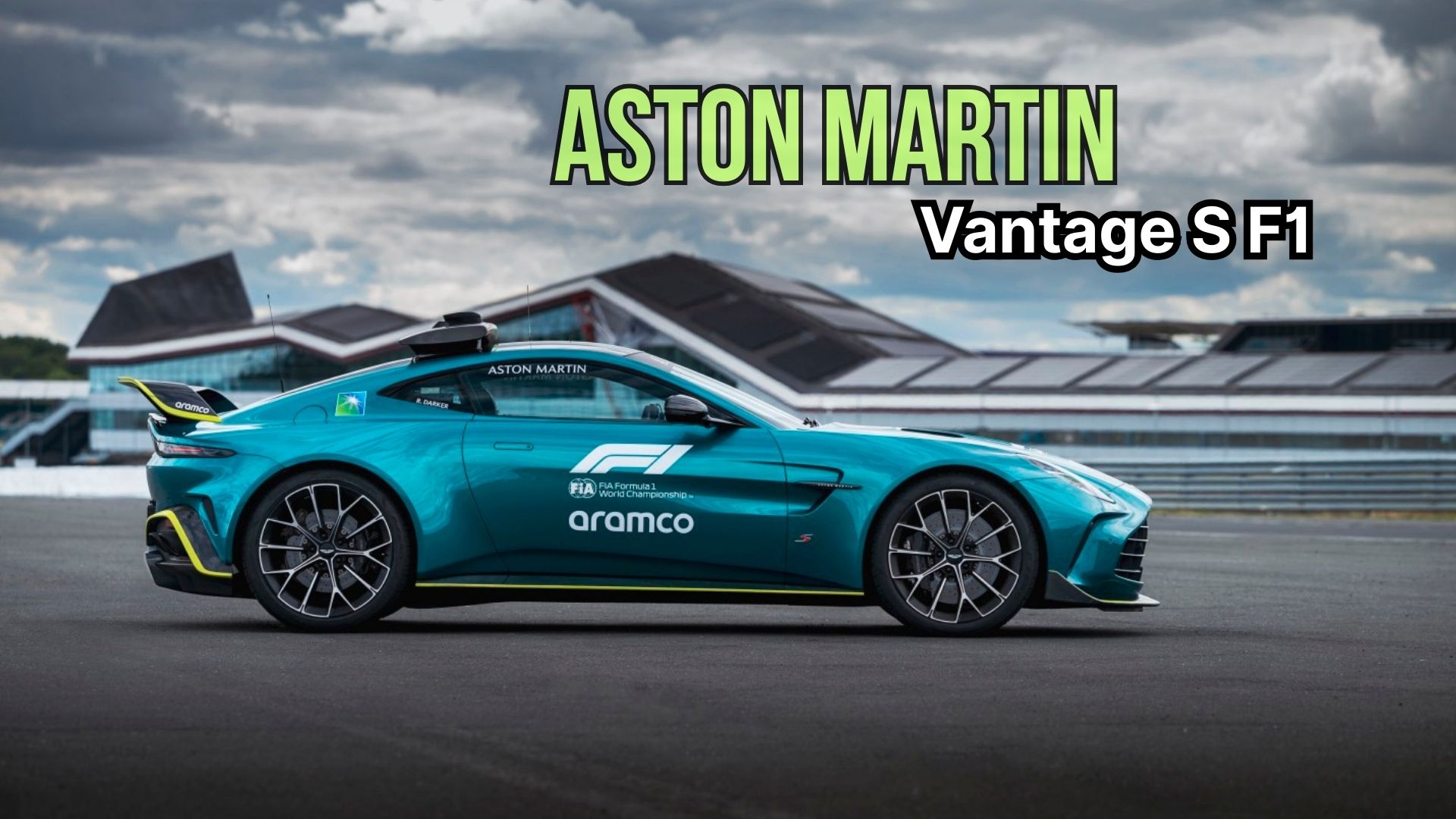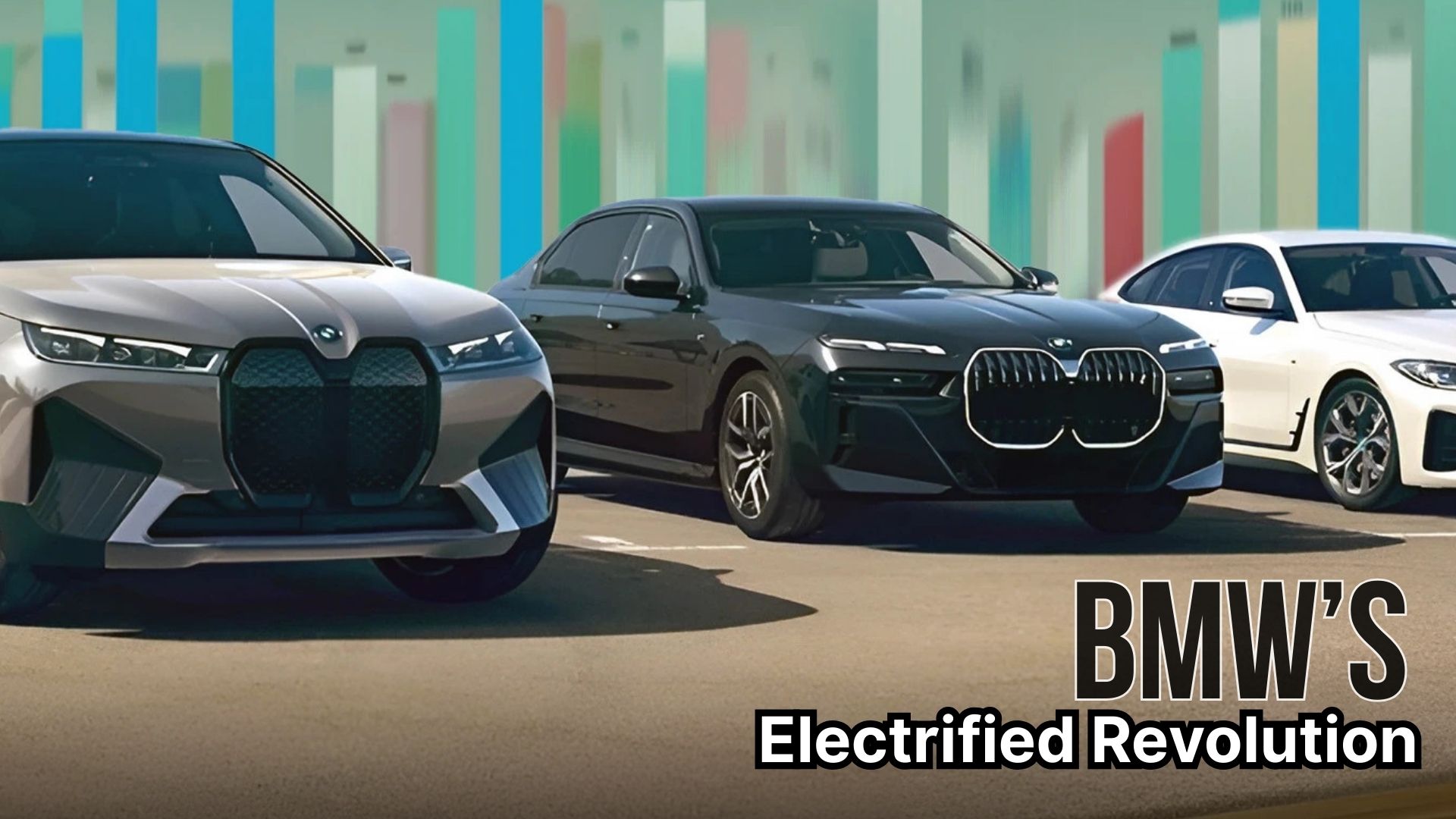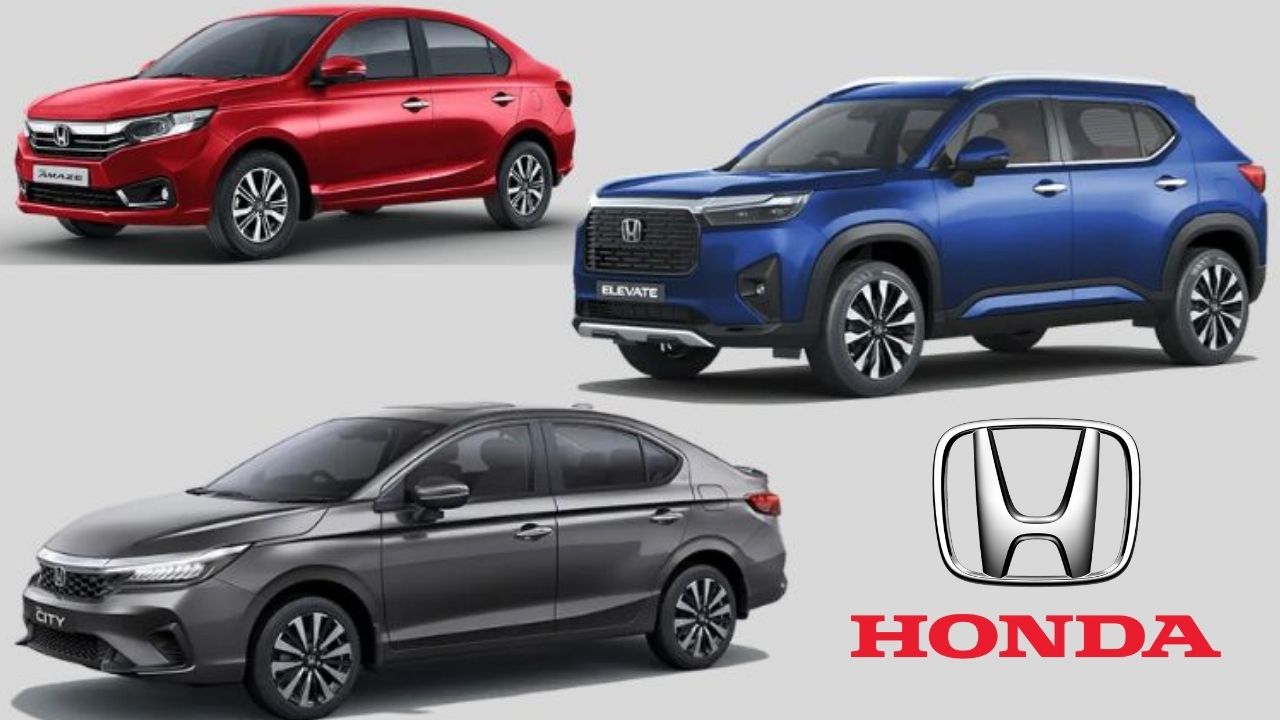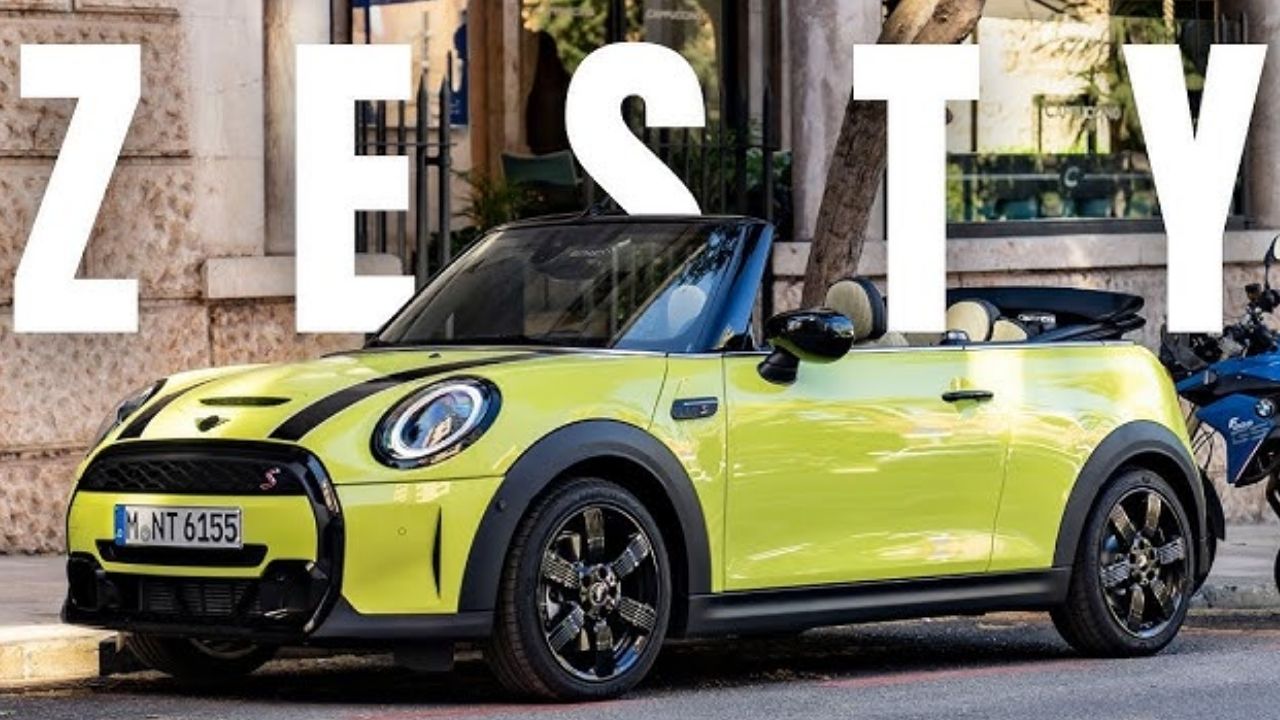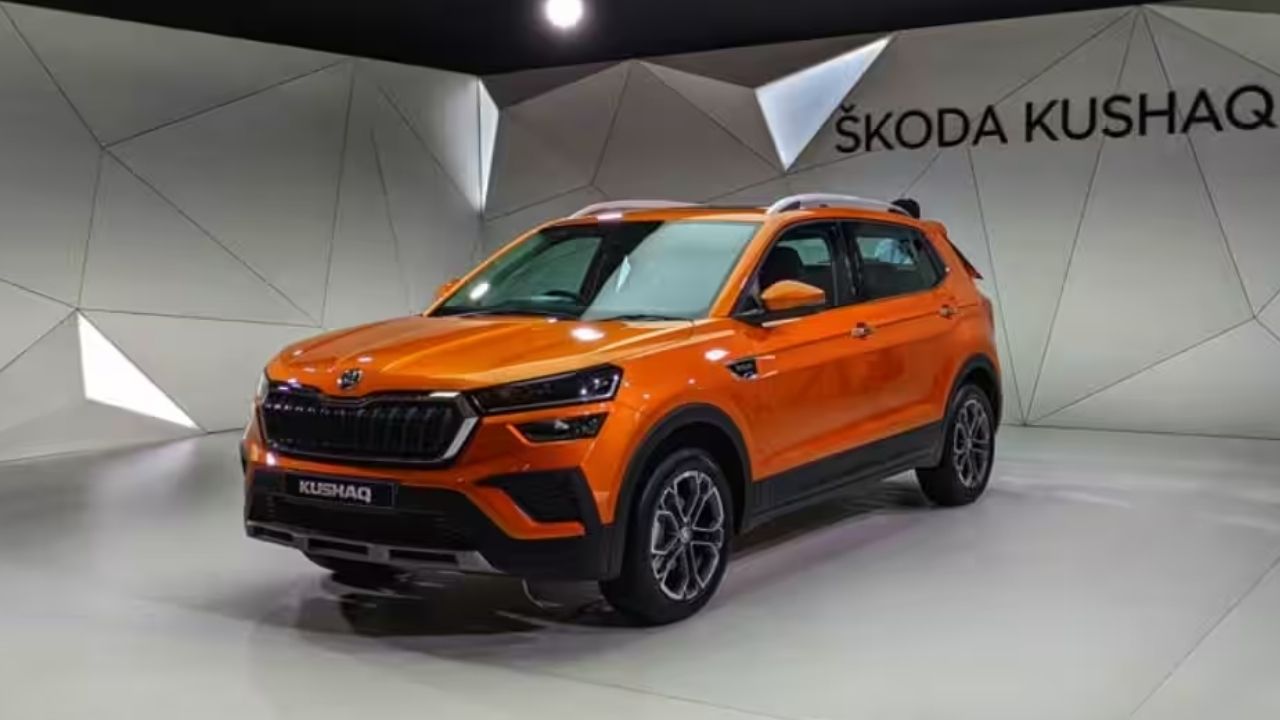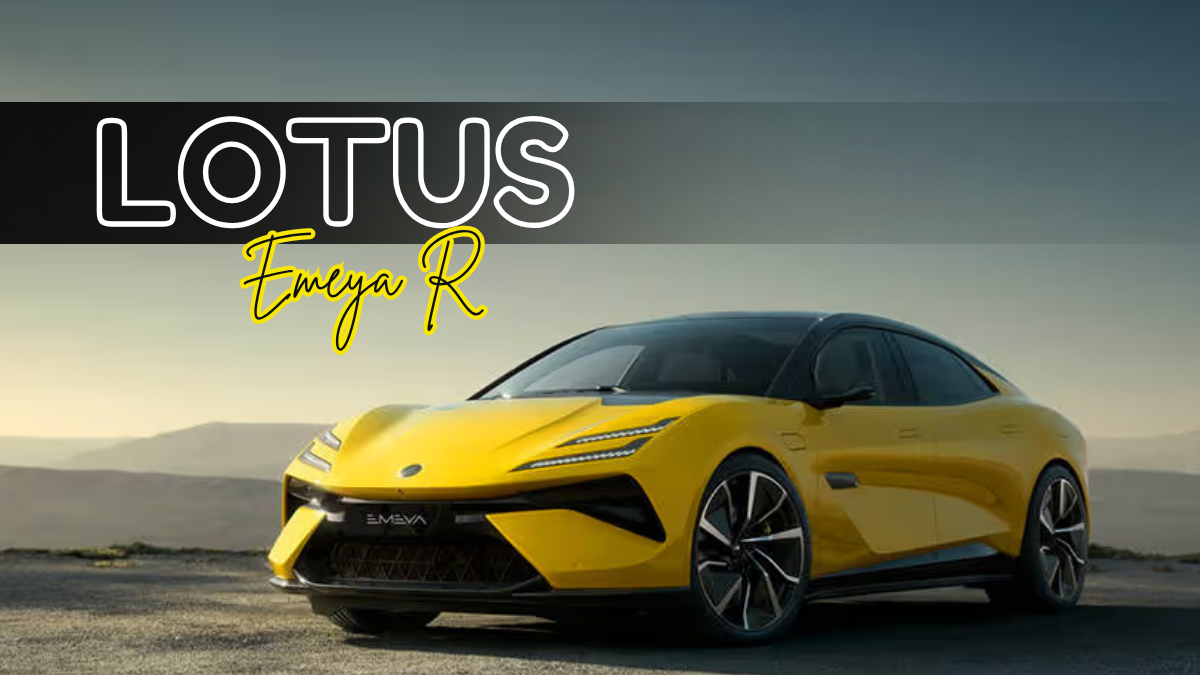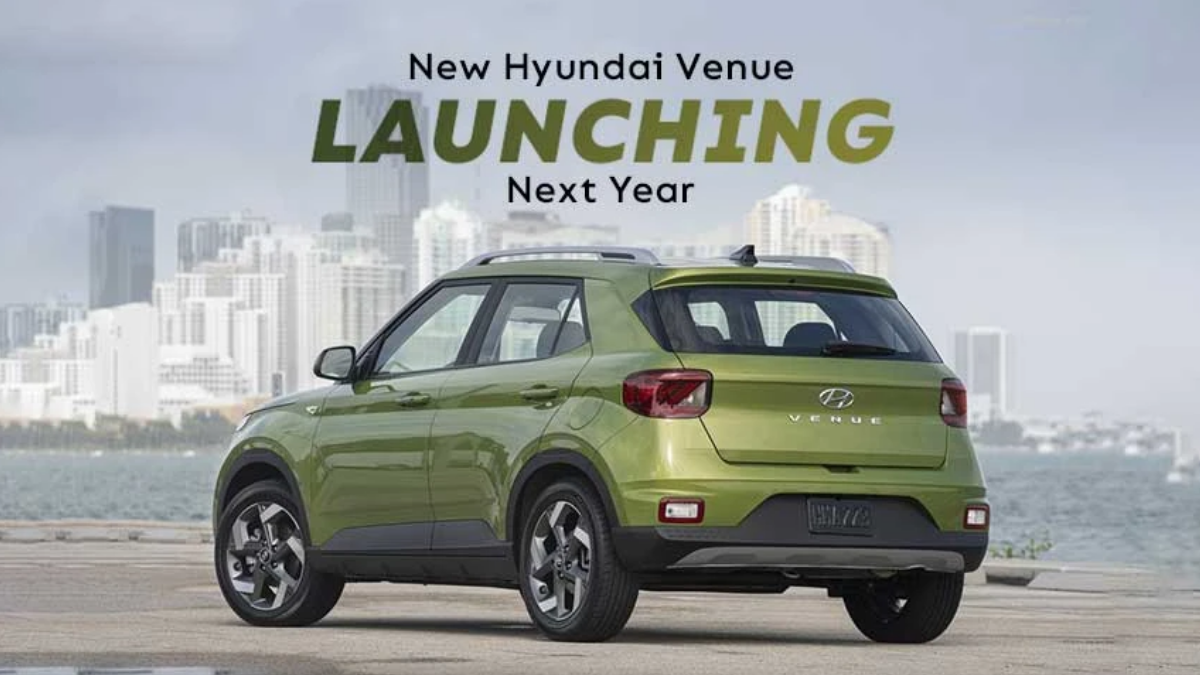The hybrid car market in the United States has grown rapidly in recent years, fueled by high fuel prices and consumer demand for efficient, cost-effective alternatives to full EVs. While hybrids are generally praised for their fuel economy, most have not been positioned as driver-focused sports cars. One exception was the Honda CR-Z, a model that promised to combine efficiency with fun but ultimately fell short of its ambitions.
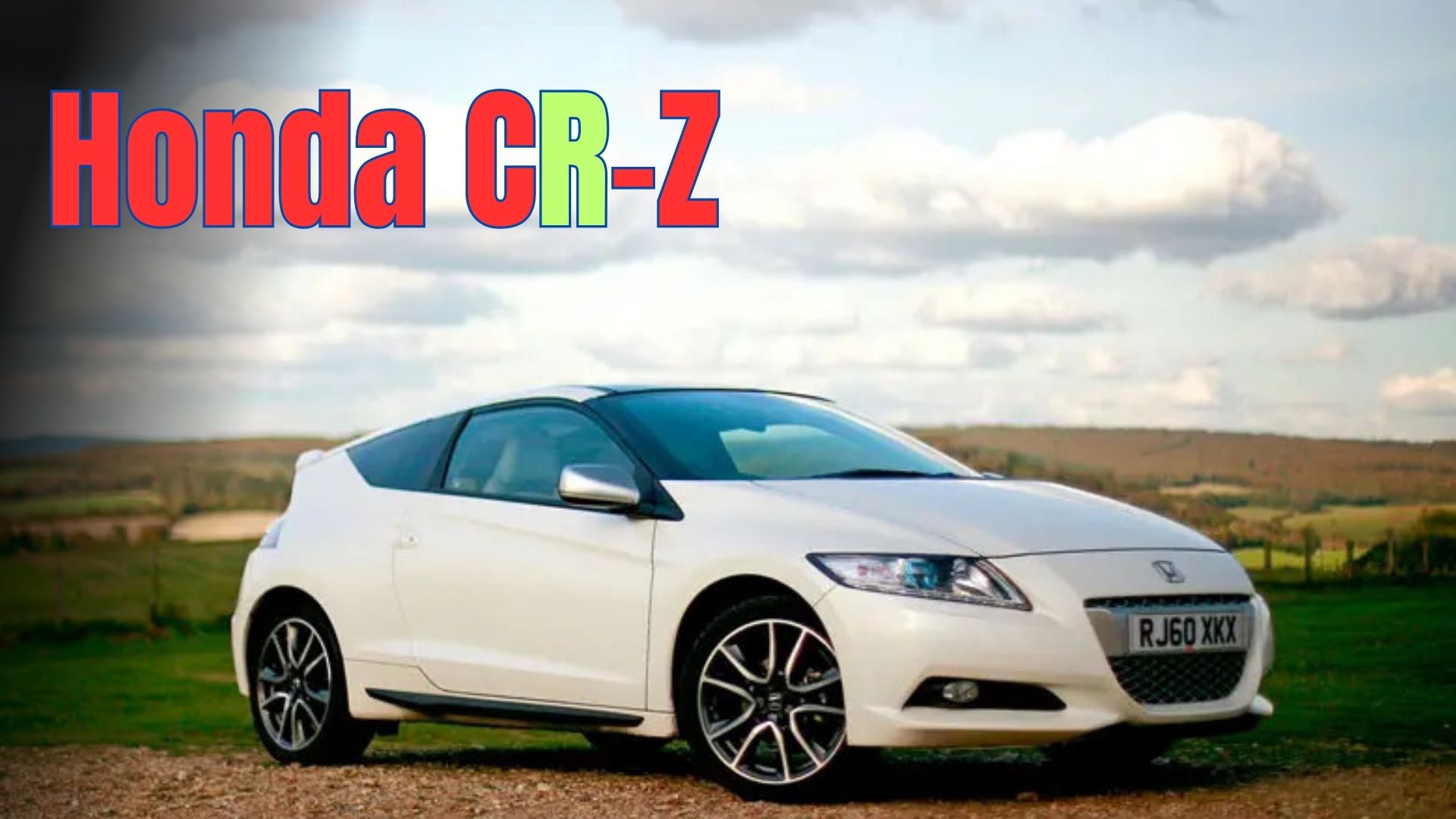
Although discontinued, the CR-Z remains an underrated hybrid sports car with a small but dedicated following. Today, it is seen as an affordable entry into the world of hybrid motoring, offering both efficiency and a unique driving experience.
The Rise of Hybrid Popularity
Over the past decade, hybrid vehicles (HEVs) have grown faster than full electric cars in the U.S. market. This is due to several factors:
-
Hybrids are more affordable than EVs.
-
They depreciate less quickly than electric vehicles.
-
They deliver immediate fuel savings without the need for charging infrastructure.
By 2024, HEV sales reached new highs thanks to advancements in battery and motor technology. Despite this, the hybrid sports car market has remained a niche segment, with the CR-Z being one of the few to attempt blending sportiness with hybrid efficiency.
Summary Table
Detail |
Information |
|---|---|
Model |
Honda CR-Z (2010–2016) |
Powertrain |
1.5L I4 + Electric Motor (IMA) |
Horsepower |
122–130 HP (up to 197 HP with HPD kit) |
Fuel Economy |
31–38 MPG (depending on transmission) |
0-60 MPH |
8.8 seconds |
Price When New |
$21,780–$25,952 |
Current Used Price (2025) |
$11,5000$14,000 |
Competitors |
Toyota Prius C, Hyundai Veloster (non-hybrid) |
Official Honda Website |
The Honda CR-Z: A Sporty Hybrid With Compromises
Launched in 2010 as a successor to the iconic CR-X, the Honda CR-Z was marketed as a hybrid sports coupe. On paper, it was unique: a compact two-door fastback, available with a six-speed manual transmission (rare for hybrids), and powered by a combination of a 1.5-liter four-cylinder engine and Honda’s Integrated Motor Assist (IMA) system.
However, while its styling and concept suggested a performance hybrid, the reality was different. The CR-Z delivered modest power outputs and fuel efficiency numbers that, while good, were not class-leading.
Fuel Economy and Running Costs
For its final 2016 model year, the Honda CR-Z offered the following:
EPA Fuel Consumption Estimates (2016 Honda CR-Z)
Transmission |
City |
Highway |
Combined |
Range |
Annual Fuel Cost |
5-Year Fuel Savings |
|---|---|---|---|---|---|---|
6-Speed Manual |
31 MPG |
33 MPG |
37 MPG |
350 miles |
$1,450 |
$1,250 |
CVT |
35 MPG |
38 MPG |
36 MPG |
382 miles |
$1,300 |
$2,000 |
With a small 10.6-gallon fuel tank, the CR-Z was inexpensive to refuel at around $33, costing about $2.19–$2.39 to drive 25 miles. While efficient, its fuel savings were not substantially better than other hybrids such as the Toyota Prius C.
Performance Specifications
The CR-Z’s biggest drawback was its lack of performance. Despite its sporty image, it produced only 130 horsepower and 140 lb-ft of torque in its final update. The result was a sluggish 0–60 mph time of 8.8 seconds and a top speed of 130 mph.
2016 Honda CR-Z Performance Specifications
-
Engine: 1.5-Liter Four-Cylinder with Integrated Electric Motor
-
Combined Power: 130 HP
-
Torque: 127–140 lb-ft
-
Transmission: Six-Speed Manual or CVT
-
Battery: 0.6 kWh Lithium-ion
-
Drivetrain: Front-Wheel Drive
-
0-60 MPH: 8.8 seconds
-
Top Speed: 130 MPH
Honda attempted to address performance concerns with limited models such as the HPD supercharged version (197 horsepower), and Japan-exclusive Mugen RZ edition (156 horsepower). Unfortunately, these variants were rare and did little to change the CR-Z’s reputation in mainstream markets.
Pricing Then and Now
When new, the CR-Z was priced between $21,780 (base LX) and $25,952 (EX-L with Navi). Today, used models can be found for $11,500–$14,000 depending on mileage and condition.
Even the base LX included features such as automatic climate control, cruise control, a touchscreen infotainment system, and cloth upholstery. Higher trims added premium audio, HID headlights, and leather upholstery, giving the CR-Z strong value in terms of standard equipment.
Why the Honda CR-Z Failed
Despite its potential, the CR-Z failed to capture a sustainable market for several reasons:
-
Performance Gap – Enthusiasts expected a true successor to the CR-X, but the CR-Z’s modest power left them disappointed.
-
Fuel Economy Competition – Buyers seeking efficiency could find superior fuel-saving options, such as the Toyota Prius C.
-
Practicality Issues – The CR-Z’s 2+2 seating and limited cargo space made it less practical than rivals.
-
Confused Identity – The CR-Z tried to be both sporty and efficient but excelled at neither.
U.S. sales declined sharply after its initial launch in 2011, falling from 11,330 units to just 705 by 2017.
Looking Ahead: Honda Prelude Revival
Honda has acknowledged its missteps with the CR-Z and is preparing to re-enter the hybrid sports car market with the upcoming Honda Prelude. Expected to use Honda’s latest e:HEV hybrid system, the Prelude will focus on performance without sacrificing efficiency.
Unlike the CR-Z, the Prelude is expected to feature a stronger powertrain, a more traditional coupe body style, and handling that appeals to enthusiasts. If Honda balances performance, pricing, and hybrid technology, the Prelude could succeed where the CR-Z struggled.
Frequently Asked Questions (FAQ)
1. Was the Honda CR-Z fun to drive?
A. The CR-Z was more engaging than most hybrids thanks to its manual transmission option, but its performance was underwhelming compared to sports coupes.
2. How much does a used Honda CR-Z cost in 2025?
A. Most models range between $11,500 and $14,000, depending on condition and mileage.
3. Is the Honda CR-Z reliable?
A. Yes, the CR-Z shares many parts with Honda’s proven L-series engines and is generally considered reliable with proper maintenance.
4. Why did Honda discontinue the CR-Z?
A. Low sales, limited practicality, and disappointing performance led to its discontinuation after the 2016 model year.
5. What is Honda’s next hybrid sports car?
A. Honda is developing the new Prelude hybrid coupe, expected to deliver stronger performance and efficiency than the CR-Z.
For More Information Click HERE
